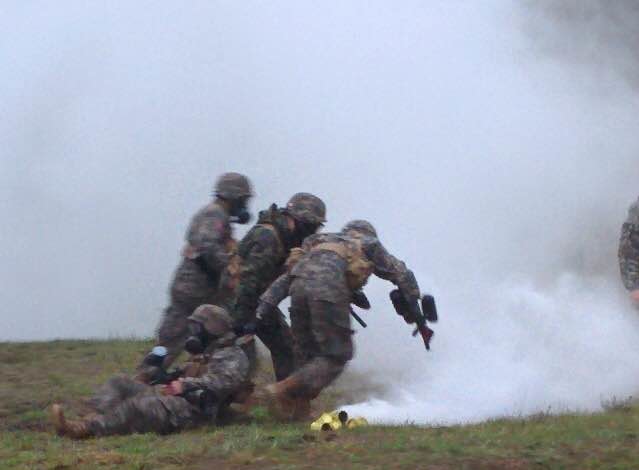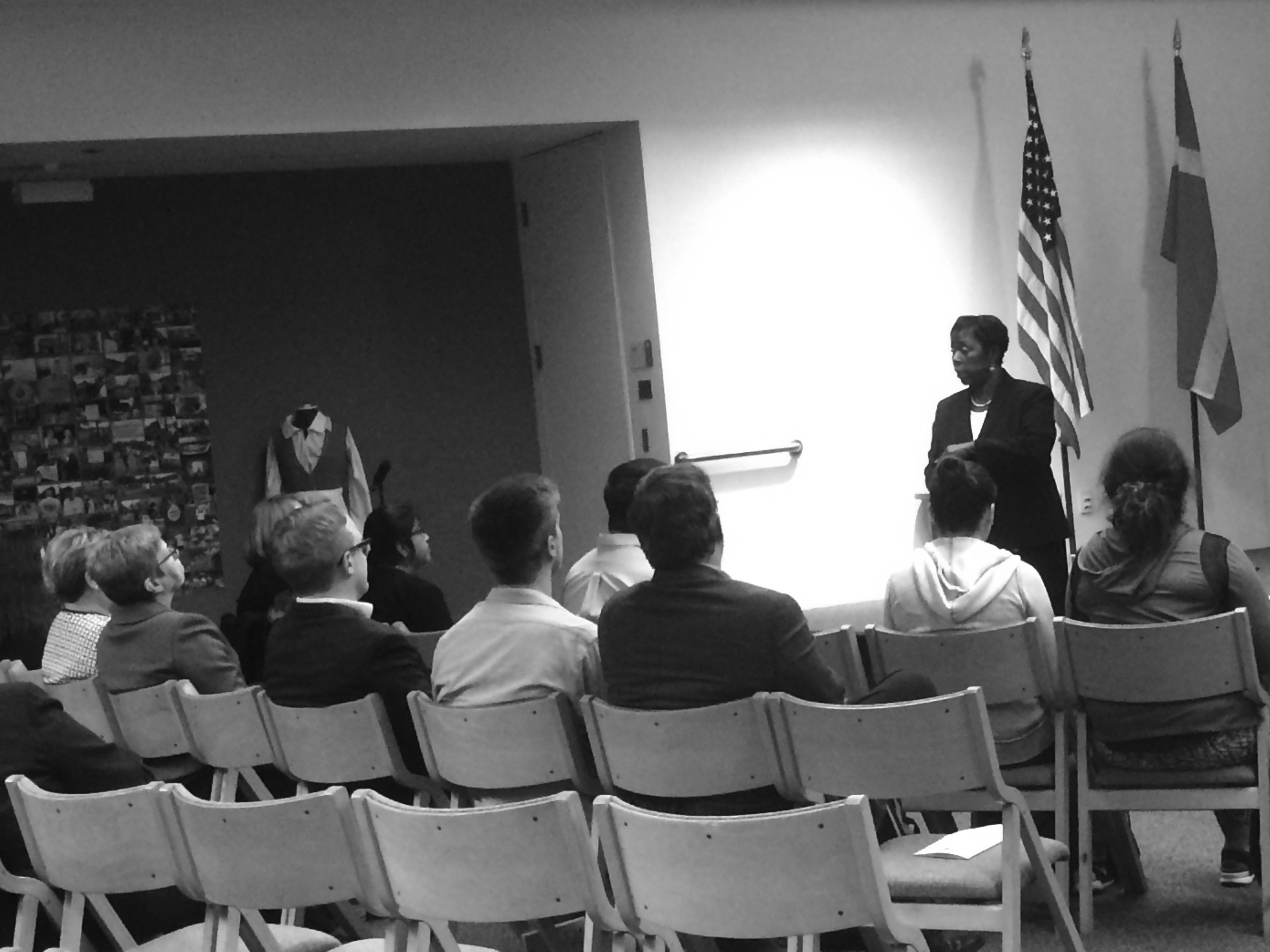Pacific Lutheran University’s Communications Department has an exciting new development – the ‘‘Media, Mass Communication, and Journalism” concentration has now officially changed to “Film and Media Studies.”
This program will provide for the needs of many PLU students who have expressed an interest in pursuing film. It features adaptive curriculum that is inclusive of both journalism and all forms of media. Despite dropping the word ‘journalism’ from its title, Amy Young, Chair of the Communication Department and Associate Professor of Communication assures that “the name change doesn’t reflect a change in how we feel about the significance of journalism” and the importance of shaping democratic students at PLU.
Dr. Robert Marshall Wells, Director for the Center of Media Studies and Associate Professor of Communications, states that this concentration will “offer knowledge and experience that all majors will us in their professional lives.” The courses in the program will adapt to the needs of students and the ongoing changes and developments in new media environments.
“We now have the capacity to incorporate new approaches like multi-platform reporting, digital storytelling, or inter- active storytelling, while still instilling the respect for journalistic tradition and integrity that is vital to our society,” Dr. Hoyt said.
According to Garrett Johnson, a PLU senior and Communications major, “the classes that are being taught are now a lot more applicable to student media in general… I’m really excited about it.” There is also a campus-wide effort to create a Film and Media Studies minor to complement the concentration already offered. PLU now has a ten-year track faculty line, which is occupied by Dr. Kate Hoyt, Assistant Professor of Visual Communications. According to Dr. Hoyt, the goal of the concentration is to help students build professional skills while also “critically assessing and consciously consuming media so that we can understand its impacts on our world.”
The hopes for this new concentration include attracting the interests of both on-campus and potential PLU students and reducing the number of credits required from 50 to 44
credit hours in order to make the program more accessible to transfer students. By reducing the number of credits required for the concentration, transfer students now have a better chance to complete their degree within two years.
An important aspect of this program is that it recognizes student media organizations as completely co-curricular activities that offer credit. All of student media, previously run out of Student Life, is now recognized as a scholarly enterprise. “We are trying to account for how much it actually means to be in one of these classes and to have this kind of participation,” said Dr. Young.
With these changes to the Communication Department, students are allowed up to eight hours of any combination of Debate, Student Media, Showrunners, Late Knight or MediaLab. PLU’s student media organizations provide participants with experiences in media production, including documentary filmmaking, public relations, online media, community interaction, and on-campus projects to help them prepare for the professional world.
Students in the Film and Media Studies concentration will now also have access to new, high-end equipment and software that was provided through the Mellon Grant in Pennsylvania. According to Dr. Wells, students will be equipped to “create projects, improve their skill-sets, and prepare them for the professional world.”
The goals for the Film and Media Studies concentration are to broaden the role of the Communications Department at PLU and to make the field of media production more competitive.


















